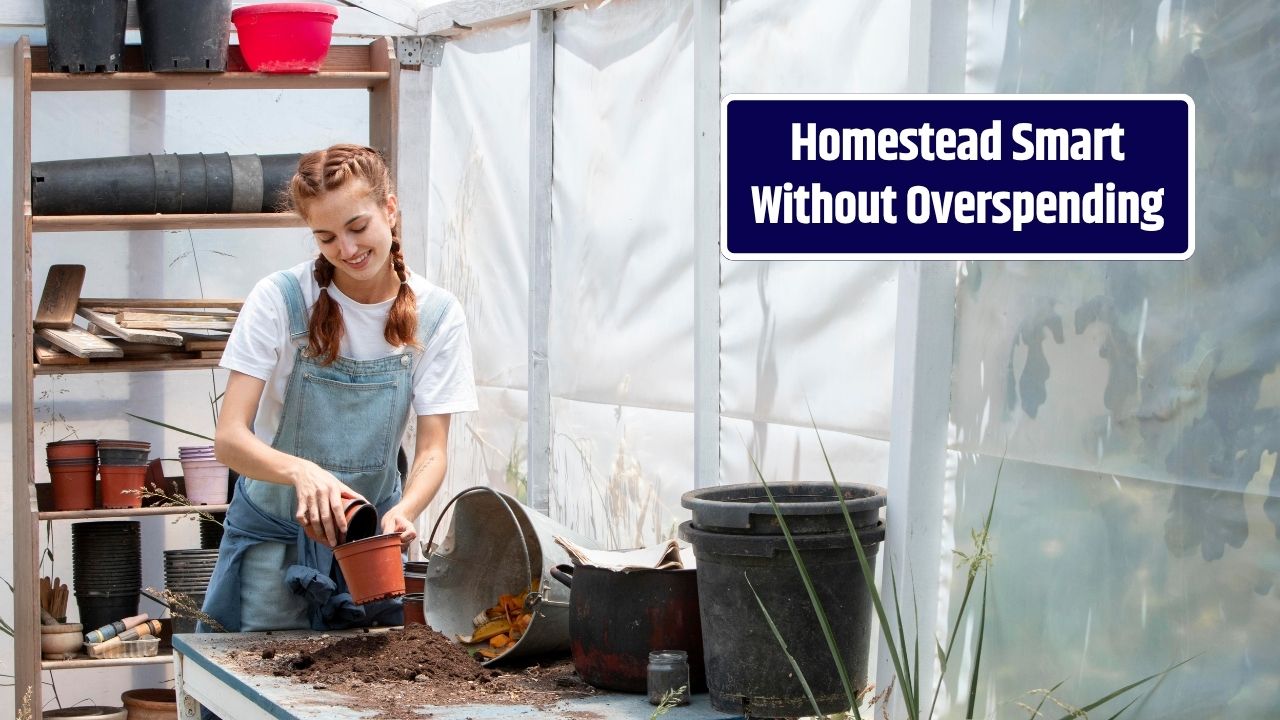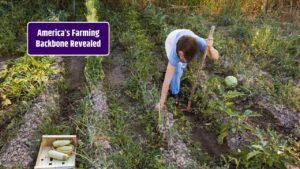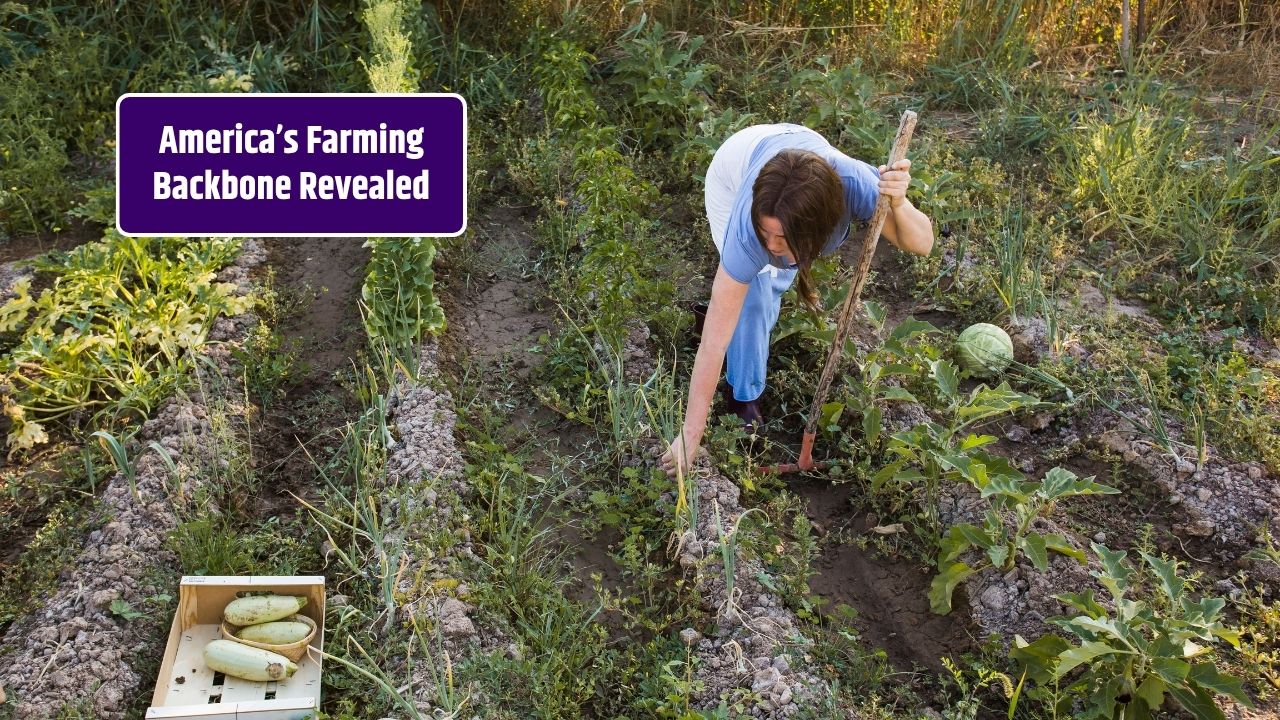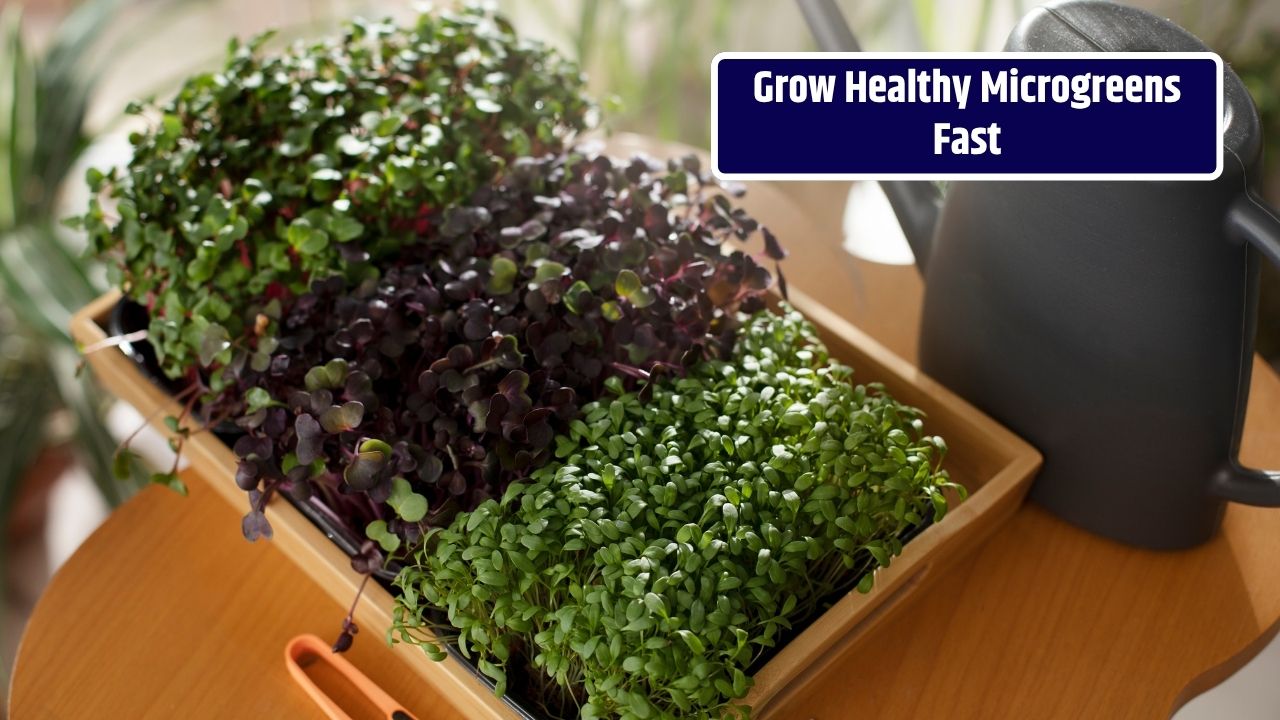Building a self-sufficient homestead doesn’t require a fortune—just smart planning, sustainable practices, and a commitment to gradual growth. Whether you’re dreaming of fresh eggs in the morning or living off the grid entirely, you can create a low-cost homestead that produces food, saves energy, and supports your lifestyle. Here’s how to get started without draining your wallet.
Table of Contents
Set Your Homesteading Goals
Before breaking ground, outline what self-sufficiency means to you. Do you want to grow your own food, raise livestock, reduce utility bills, or all of the above? Start with a vision, then scale it to your budget.
Common Goals for Budget Homesteaders:
| Goal | Estimated Start-Up Cost | Long-Term Savings |
|---|---|---|
| Vegetable garden | $50–$200 | $300+/year in groceries |
| Backyard chickens | $150–$500 | Fresh eggs, soil improvement |
| Rainwater harvesting | $100–$300 | Reduced water bills |
| Solar energy setup (small) | $500–$2,000 | Lower electricity usage |
| Composting system | Under $50 | Free fertilizer, less waste |
Choose Affordable Land or Use What You Have
You don’t need acres of farmland to start homesteading. A small backyard, an empty plot, or even a rental property with a flexible lease can be enough to start small.
Tips to Save:
- Consider lease-to-own rural land or join land-sharing programs.
- Look for government auctions or tax-delinquent properties in rural counties.
- If you rent, ask your landlord about raised beds, chickens, or vertical gardens.
Grow Your Own Food the Frugal Way
Start small with a raised bed or container garden using recycled materials. Focus on high-yield crops like tomatoes, zucchini, kale, and herbs. Use compost and rainwater to reduce input costs.
Budget Gardening Tips:
- Use seed swaps or save seeds from produce.
- Build beds from scrap lumber, pallets, or bricks.
- Make your own compost from kitchen scraps and yard waste.
Raise Backyard Livestock Carefully
Chickens are the gateway animal for many new homesteaders. They’re affordable, low-maintenance, and provide eggs, manure, and pest control. Consider quail, rabbits, or goats if space and zoning laws allow.
Cost-Saving Ideas:
- Build your own coop from reclaimed wood.
- Use food scraps and garden waste to supplement feed.
- Barter with neighbors for feed, eggs, or services.
Master DIY Skills
Being handy will save you hundreds—or even thousands—over time. Learn basic carpentry, plumbing, and food preservation through YouTube, free online courses, or local extension services.
Frugal Skills to Learn:
- Canning and fermenting food
- Building simple structures
- Basic plumbing and wiring
- Repairing tools and equipment
Reduce Utility Costs with Sustainable Systems
Invest in small off-grid systems as your budget allows. Even minor upgrades can lead to big savings over time.
Ideas for Off-Grid Living:
- Install solar-powered lights or panels.
- Use a rocket stove or solar oven to cook outdoors.
- Collect and filter rainwater for irrigation.
- Build a DIY greywater system for gardens.
Use What You Have and Repurpose Everything
One of the golden rules of budget homesteading is: don’t throw anything away without thinking twice. Old buckets become planters. Broken pallets become fences. Rain barrels can be built from used food-grade drums.
Embrace the Homesteading Community
Many local and online groups share knowledge, tools, seeds, and even livestock. Connecting with others helps you trade instead of buy and learn from others’ mistakes—saving you time and money.
Where to Connect:
- Local farmers’ markets
- Homesteading forums
- Facebook groups and Reddit communities
- Cooperative extension offices
Conclusion
Starting a self-sufficient homestead on a budget is entirely possible with patience, resourcefulness, and smart choices. You don’t need to go all-in from day one—grow into it over time. Start with what you can manage, build skills as you go, and reinvest your savings into expanding your systems. With each season, your homestead will become more resilient, productive, and fulfilling.
FAQs
Can I homestead on rented property?
Yes! You can start small with container gardens, chickens (with permission), and even portable solar panels or rainwater barrels.
How long does it take to become fully self-sufficient?
Most homesteaders reach partial self-sufficiency in 1–3 years. Full self-sufficiency may take 5–10 years, depending on your land, climate, and lifestyle goals.
Is homesteading cheaper than buying food from the store?
Initially, there may be some investment, but over time, homegrown food, renewable energy, and DIY skills dramatically cut household expenses.





















